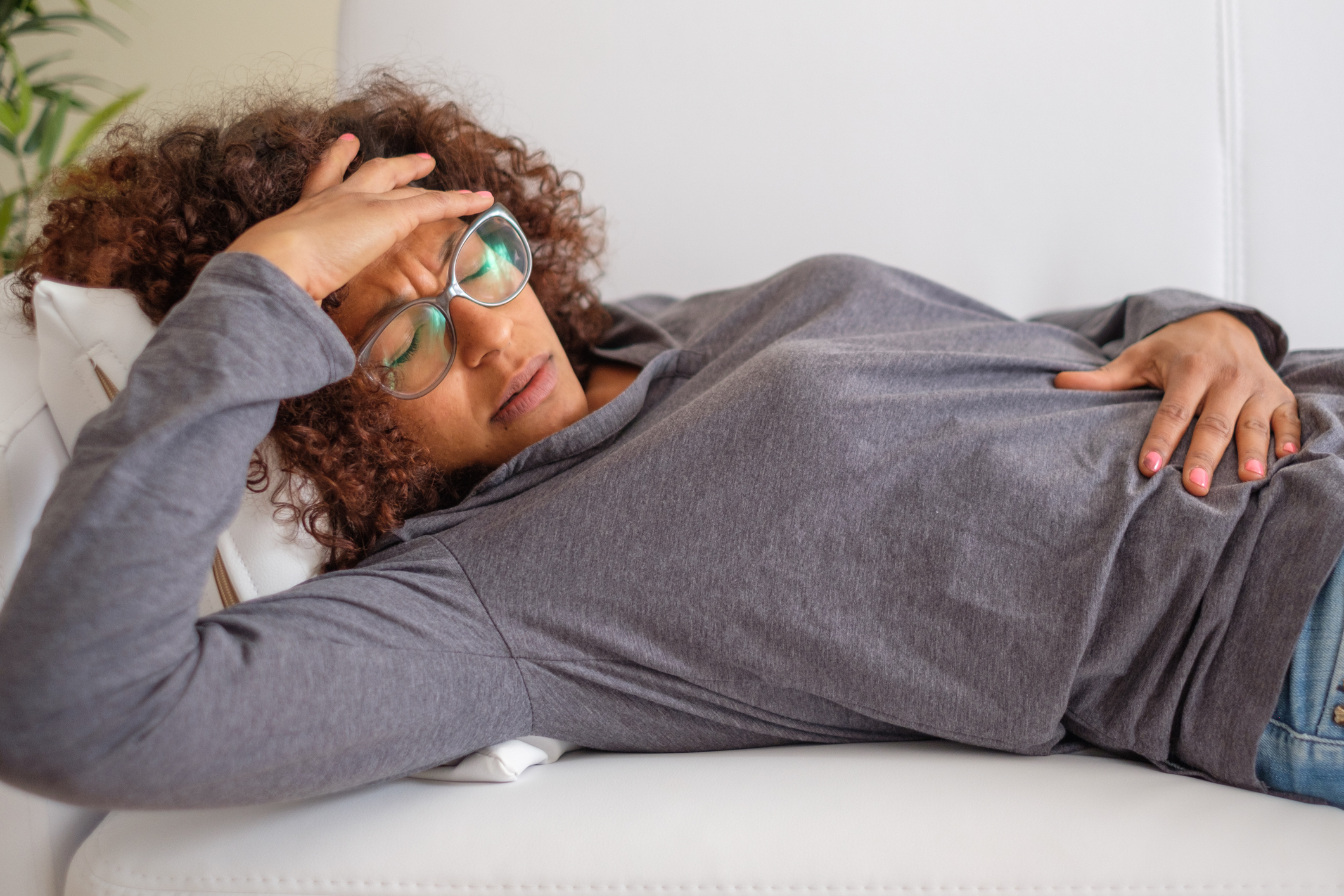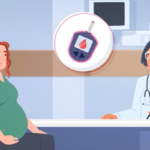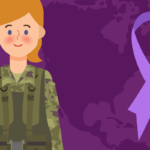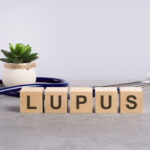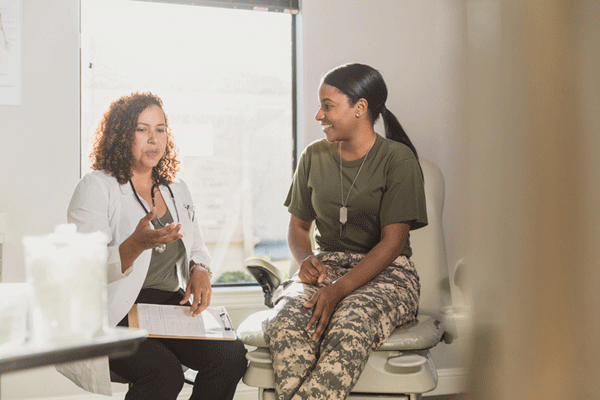From Women’s Health Foundation
Premenstrual syndrome, or PMS, is a set of symptoms that usually occurs one or two weeks before the start of your period. Some women develop PMS in their teens; others develop it later on, even in their 30s or 40s. Three out of four women will experience PMS at some point in their lives.
Symptoms—and their intensity—can vary from month to month. They usually disappear once your period starts.
You may experience a handful of these signs and symptoms:
- Bloating and weight gain
- Tender breasts
- Cramps
- Headaches
- Joint, muscle and lower back pain
- Fatigue
- Food cravings
- Acne
- Trouble sleeping
- Mood swings
- Crying spells
- Anxiety or depression
- Lack of concentration
- Change in sex drive
- Constipation or diarrhea
Read More: Tired of Feeling Bloated? Do These 5 Things
Influences/Causes
Researchers don’t know the exact cause of PMS, but changes in hormone levels over the course of the month are most likely a culprit. Brain chemicals may also play a role. Other possible contributors to PMS include:
- Stress, which can make PMS worse
- A poor diet, including consuming too much caffeine, alcohol and sodium and not enough vitamins and minerals
- Family history and genetics
Treatments/Remedies
Over-the-counter pain relievers such as ibuprofen can help ease cramps and reduce other symptoms.
You can also help keep PMS at bay by:
- Avoiding foods high in sodium and sugar and choosing foods rich in complex carbohydrates and calcium
- Avoiding caffeine and alcohol
- Exercising on most days of the week
- Getting enough sleep
- Managing stress with relaxation activities such as yoga or massage
Resources/Contacts


